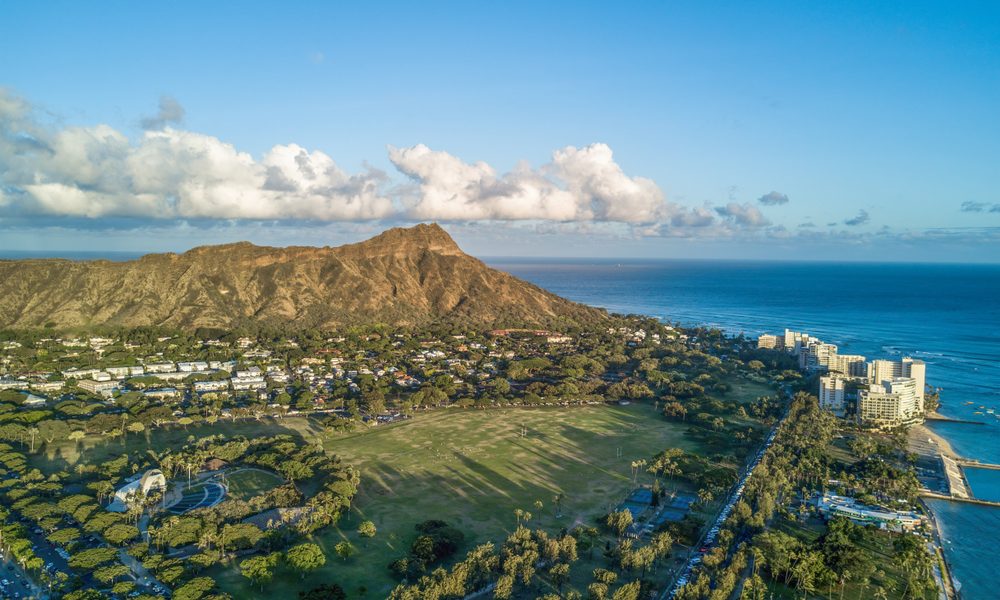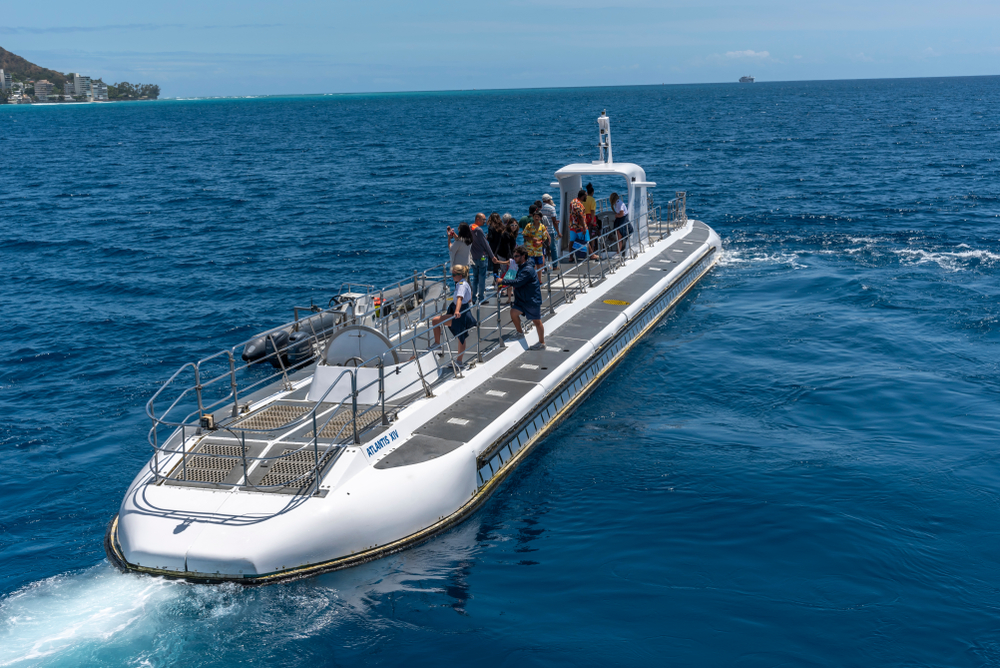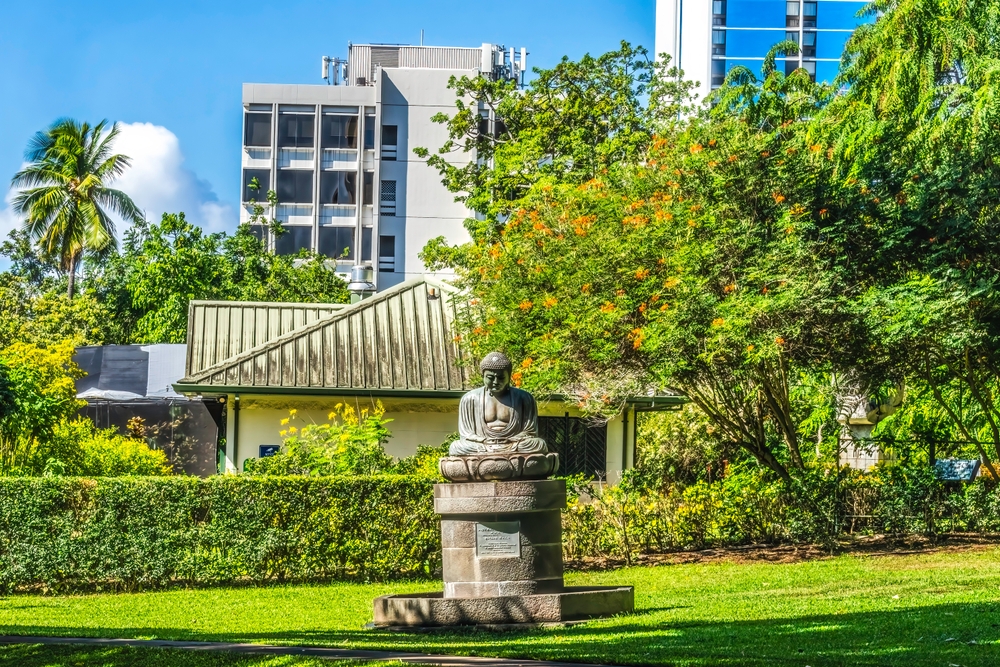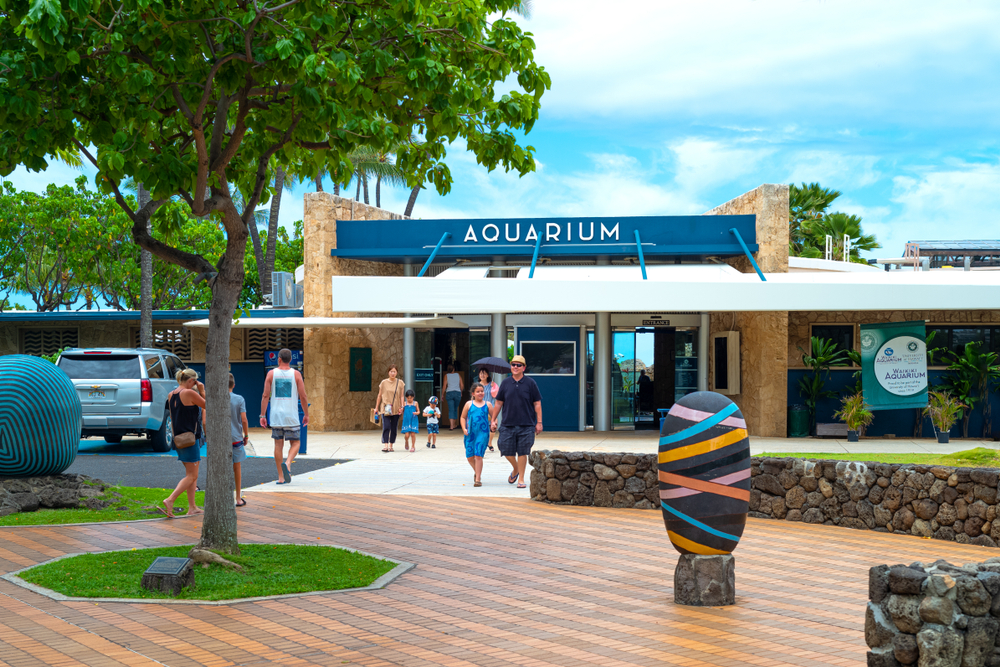Kapiolani Park, nestled at the foot of the iconic Diamond Head crater in Honolulu, Hawaii, is a verdant oasis offering residents and visitors a serene escape from the bustling city life. Named after Queen Kapiolani, the park was established in the 1870s by King Kalakaua and is considered the oldest and largest public park in Hawaii. With its rich history, diverse ecosystems, and numerous recreational facilities, Kapiolani Park has been a central gathering place on the island of Oahu for over a century.
Historical Significance
Kapiolani Park was designed as a public space to provide beauty and recreation for the people of Honolulu. It was named after Queen Kapiolani, the consort of King Kalakaua, who dedicated the park to the well-being of her subjects. Over the years, the park has witnessed significant historical events and has evolved to meet the recreational and cultural needs of the community.
Natural Beauty and Biodiversity
The park’s sprawling 300 acres are home to a variety of ecosystems, from open green spaces to groves of ironwood and banyan trees. The park’s urban forest serves as a habitat for a multitude of bird species, both native and migratory, adding to the park’s ecological value. The park’s proximity to the ocean also means it’s a stone’s throw away from coral reef systems teeming with marine life.
Recreational Facilities and Activities
Kapiolani Park is a hub for sports and outdoor activities. The park includes:
- Tennis Courts: Several well-maintained courts are available for public use, catering to both casual players and those seeking competitive play.
- Soccer Fields: Expansive fields host local soccer matches and serve as a training ground for teams.
- Archery Range: The park provides facilities for archery enthusiasts to practice their skills.
- Jogging Paths: Miles of paths wind through the park, offering joggers and walkers picturesque routes.
- Exercise Stations: Strategically placed exercise equipment allows visitors to incorporate strength training into their outdoor workouts.
Cultural and Community Events
Kapiolani Park is not only a recreational park but also a cultural center. It regularly hosts a variety of events, including:
- Art on the Zoo Fence: A weekend art market where local artists display and sell their work along the park’s perimeter.
- Sunset on the Beach: A free, outdoor cinema event that takes place on the nearby Waikiki Beach.
- Honolulu Marathon: The park serves as the traditional finish line for this internationally recognized marathon.
- Festivals and Concerts: The park’s bandstand and expansive lawns often host music festivals, hula performances, and cultural celebrations.
The Waikiki Shell
One of the park’s most iconic structures is the Waikiki Shell, an outdoor amphitheater known for its distinctive acoustics and architectural design. The Shell has been a venue for countless concerts, festivals, and community gatherings over the years.
The Honolulu Zoo and Waikiki Aquarium
Kapiolani Park is also home to the Honolulu Zoo and the Waikiki Aquarium, two institutions dedicated to education and conservation. The zoo features a variety of animals from around the world, while the aquarium showcases an incredible array of marine life from the Pacific.
The Queen Kapiolani Garden
The Queen Kapiolani Garden within the park is a botanical garden featuring an array of flowering plants, trees, and a stunning collection of orchids. The garden is a tribute to Queen Kapiolani’s love for flowers and serves as a peaceful retreat for those looking to admire Hawaii’s native flora.
Conservation and Sustainability
Kapiolani Park is managed with a focus on conservation and sustainability. Efforts are made to preserve its natural habitats, historical features, and to maintain its facilities with minimal environmental impact. The park serves as a model for urban green spaces, balancing recreational use with ecological preservation.
Accessibility and Inclusivity
The park is designed to be accessible to everyone, with paved paths for wheelchairs and strollers, and inclusive play areas for children of all abilities. Kapiolani Park’s inclusive ethos ensures that it remains a space where everyone can enjoy the beauty and recreational opportunities it offers.
Challenges and Future
Despite its idyllic setting, Kapiolani Park faces challenges such as coastal erosion, climate change, and the pressures of urban development. The park’s management and community stakeholders continue to work towards solutions that will preserve Kapiolani Park for future generations.
Conclusion
Kapiolani Park is a testament to the foresight of Hawaii’s monarchy, who envisioned a space where nature and people could coexist harmoniously. Today, the park continues to be a beloved sanctuary for both the local community and visitors from around the world. It offers a rich tapestry of history, culture, recreation, and naturalbeauty that captures the essence of Hawaii’s spirit. Through the collective efforts of conservationists, city planners, and the public, Kapiolani Park is poised to remain a cherished landmark in Honolulu, providing a green haven in the heart of the city for many years to come.





